Setting the stage for autonomous systems with smart factories
June 10, 2020 4:30 pm
The steps towards becoming a smart manufacturing enterprise starts with digitalisation which is the first stage of getting your inputs and outputs ready for use and assimilation in a smart environment.
T K Ramesh, MD and CEO, Micromatic Machine Tools Pvt Ltd (Ace Micromatic Group) elaborates on how a disciplined journey towards smart factories takes efforts but provides great returns and also sets the stage for autonomous systems.
How has your company’s journey been in the adoption of smart factories?
We at the Ace Micromatic Group have been using and propagating the use of digital technology for making our shops and customers move to becoming smart factories for over 15 years even before terms like Industry 4.0 or Connected Enterprises were coined. These were being done as production monitoring or productivity measuring and enhancing initiatives. The machines in our components production shop were connected with our own developed black boxes which were then interlinked through our LAN to capture real-time happenings on the shop floor. We had developed back then dashboard and analytics that gave insight to our planning, maintenance, production and operations team about the actual cycle time, load/unload times, and stoppages on a continuous, real-time basis.
Today, these systems have been greatly enhanced with more reliable technology to give out alerts, start workflows and ensure the right information reaches the right people through phone, emails, etc. to act in a timely manner and be very productive. This means putting in a lot of effort in education, training and creating an environment conducive to work in a data-based manner. This is a disciplined journey that takes effort but gives enormous returns and sets the stage for autonomous systems.
What kind of steps do companies, including MSMEs, need to take for the adoption of smart factories?
The steps towards becoming a smart manufacturing enterprise starts with digitalisation which is the first stage of getting your inputs and outputs ready for use and assimilation in a smart environment; simply put, this is computerisation and connectedness. Then comes making the information visible and transparent to all so that the entire system can see the parts that make up the whole and come to terms and agreement about how the parts add up to become the whole. Once this is done, whatever happens is there for all to see and understand; this makes predictability a sure possibility. It is from here that smart factory really starts with algorithms to understand and predict autonomous actions.
How have machine learning (ML), artificial intelligence (AI), robotics, automation and big data been implemented by OEMs to move towards a Connected Enterprise?
All these technologies are used to tie together enterprises and connect them as a whole.
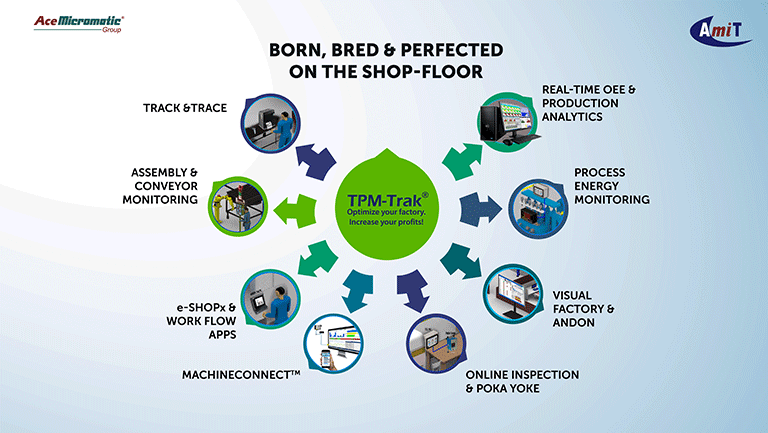
What are the challenges faced by OEMs while transitioning towards smart factories?
The biggest hurdles and challenges are education and mindsets that slow transition to smart factories; digitisation is ‘yes’ or ‘no’, but mindsets are comfortable with ‘maybe’ and this impedes quick transition.
What kind of technological advancements can we expect with respect to smart manufacturing in the coming years?
These are the technological advancements that we can expect in smart manufacturing in future.
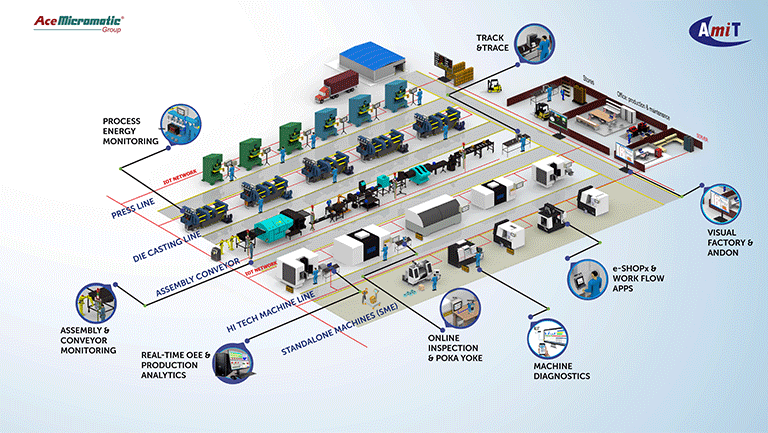
Cookie Consent
We use cookies to personalize your experience. By continuing to visit this website you agree to our Terms & Conditions, Privacy Policy and Cookie Policy.



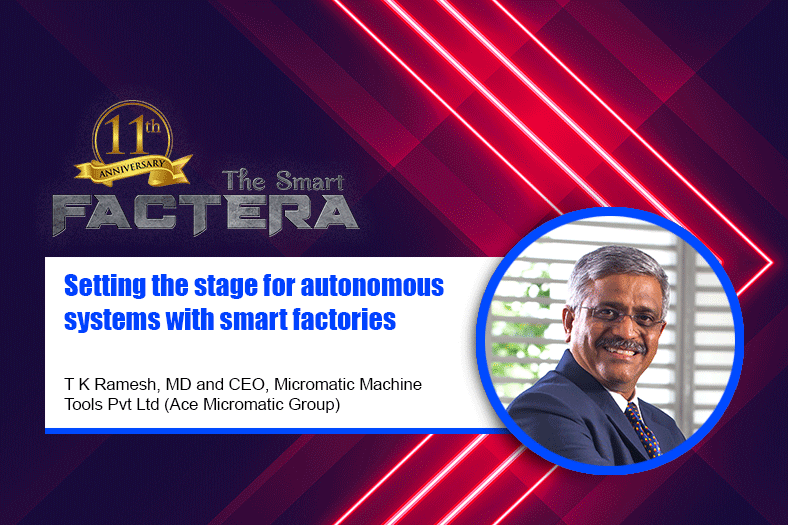



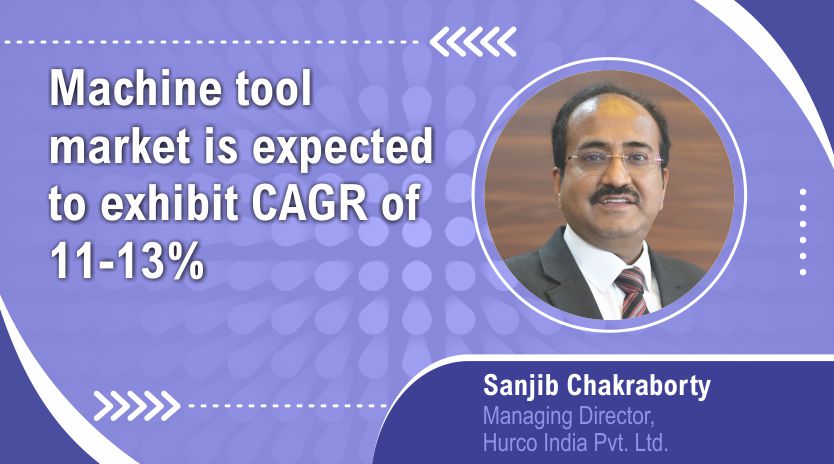


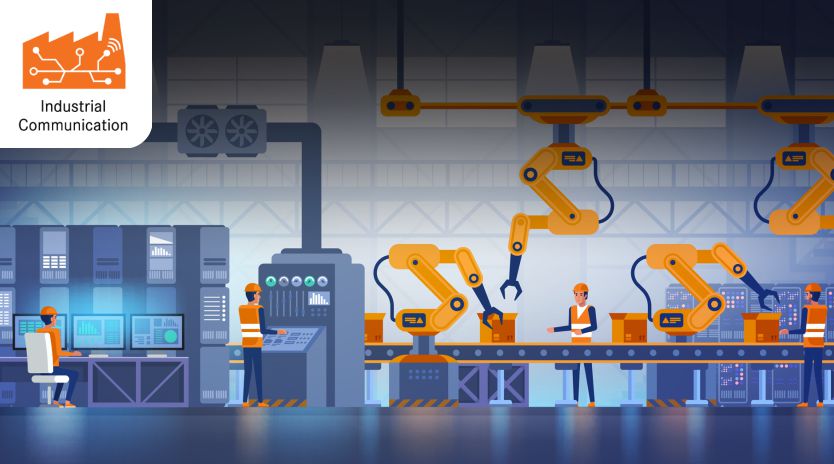

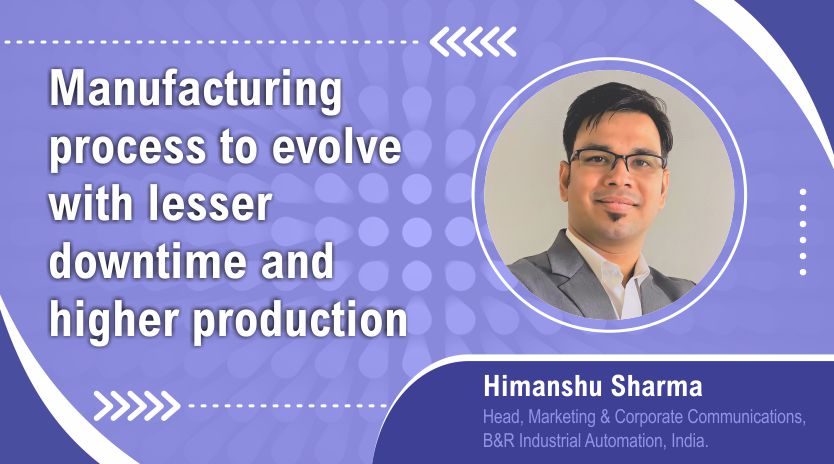
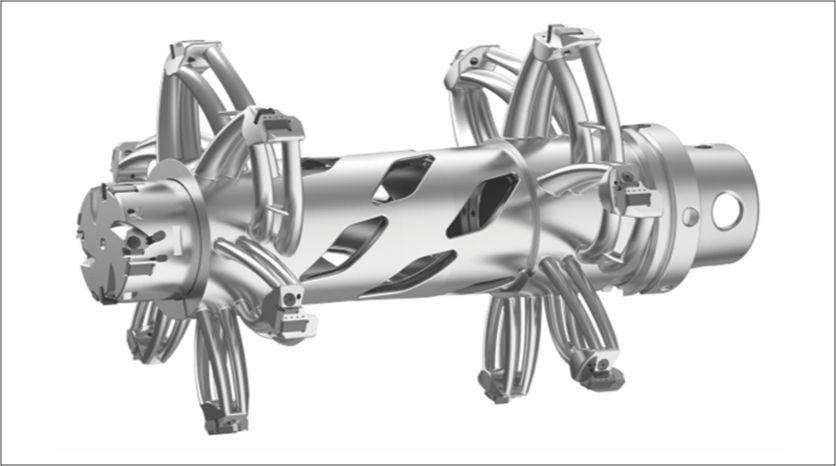



 English
English Hindi
Hindi